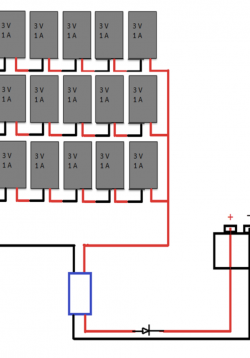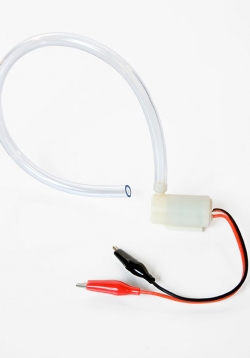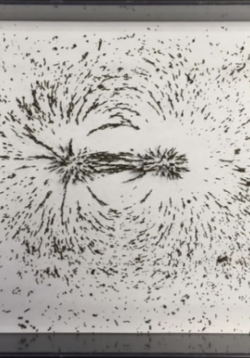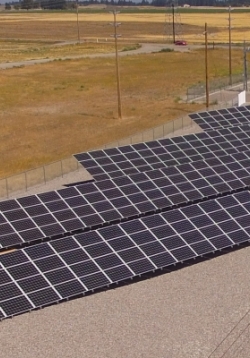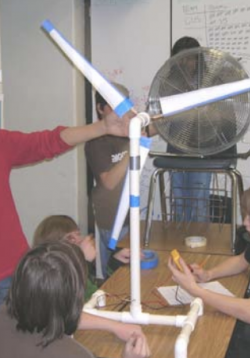Saving Lives with Solar Ovens
Students will be introduced to Solar Cookers International. Students will learn about different solar cooker designs and how they function. Students will learn the pros and cons on the use of solar ovens in developing countries. Students will gain an...


